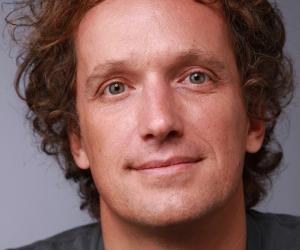Every project starts with a brief. But few projects end up with exceptional results.
In his documentary, Briefly, Tom Bassett, CEO of Bassett & Partners and founder of MindSwarms, goes in search of the answer to why this is.
Through a series of interviews with Frank Gehry, David Rockwell, John C Jay, John Boiler, Yves Béhar and Maira Kalman, he discovers that the word "brief" is taken to be more of a verb than a noun. Rather than a static, rigid and near-contractual document, it’s an organic, fluid process driven by unorthodox research, a trust relationship and openness to the serendipity of the process.
“Briefs are not handcuffs or railroad tracks, or whatever over-used analogy we can use," says Rockwell. "They are thought starters."
Most of the interviewees agree that a brief should be as the word suggests, brief. Long, heavily prescriptive or overly detailed briefs don't leave the necessary “runway to take off” as Jay puts it.
“Simplicity is everything. The more concise and shaped the point of view on what the problem is, the better the work will be,” says Jay.
Béhar actually doesn't believe in briefs at all but rather in relationships where you can cultivate a “deep sense of where they want to go and what they dream about”.
He shares an example of the work his studio Fuseproject did for Jawbone that resulted in translating its technology into products that spoke to how people live.
The interviewees agree that for exceptional work to emerge from a brief there must be a trust relationship and plenty of dialogue that pushes the brief forward. The brief needs to evolve and be rewritten and the design process, while dependent on the intuition of the designer, needs to be backed up by plenty of research and an excellent understanding of the cultural context.








